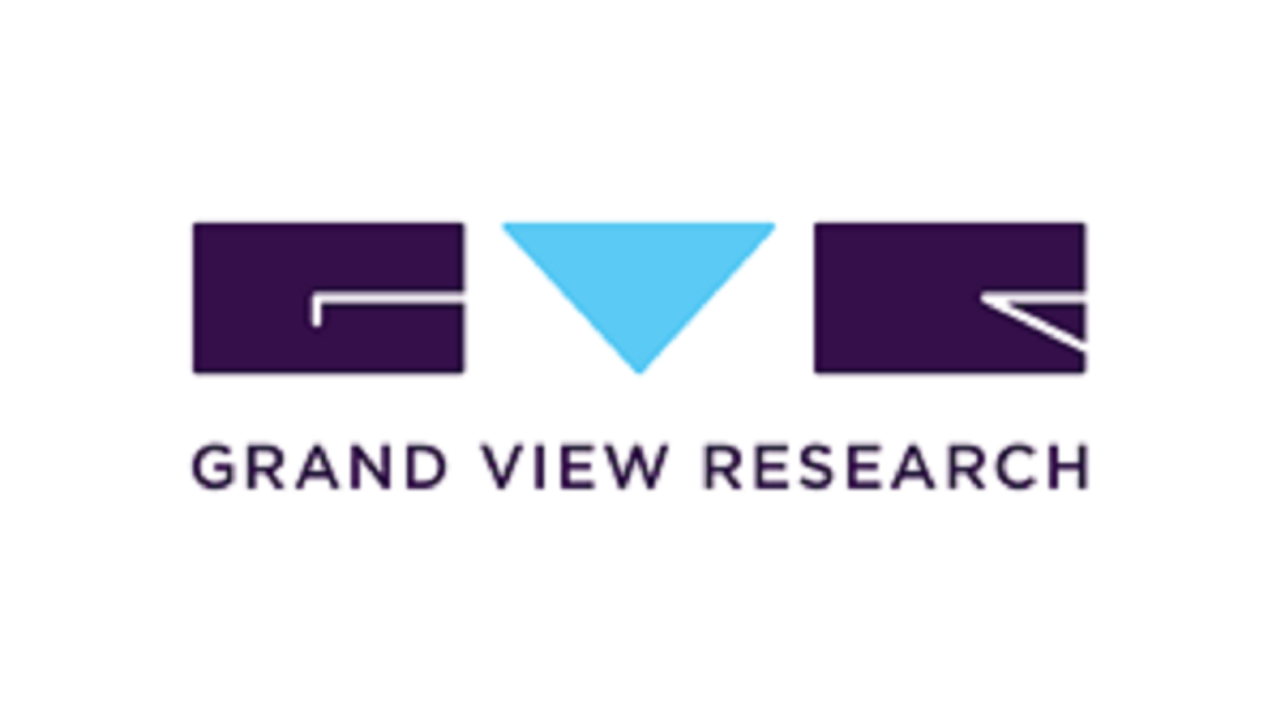The global waterborne coatings market was valued at USD 57.67 billion in 2022 and is projected to grow at a compound annual growth rate (CAGR) of 5.6% from 2023 to 2030. This growth is primarily driven by the expanding construction sector worldwide. As industrialization and urbanization continue to accelerate, there is a notable increase in construction activities, which is expected to significantly boost the demand for waterborne coatings during the forecast period. One key factor contributing to this surge in demand is the ongoing shift in the coatings industry from using low- or high-volatility organic solvents to fully solvent-free formulations, which have lower emissions and are considered more environmentally friendly. This trend is anticipated to benefit waterborne coatings, especially in both residential and commercial applications, where they are commonly used in interior and exterior wall paint formulations.
Additionally, waterborne coatings are gaining traction in the automotive sector, driven by increasing demand from automobile applications. To meet this demand, coating manufacturers are investing in research and development to reduce manufacturing costs, which in turn is expected to lower the price of waterborne coatings. This shift is also being encouraged by regulations that require automobile manufacturers and refinishing companies to move from solvent-borne coatings to waterborne systems, which contain significantly fewer volatile organic compounds (VOCs). While conventional solvent-borne coatings typically contain about 84% VOC content and 16% solids, waterborne coatings consist of about 70% water, 20% solids, and 10% solvent, making them less harmful to human health. The adoption of waterborne coatings in the automotive sector is expected to be a significant driver of market demand over the next several years.
Gather more insights about the market drivers, restrains and growth of the Waterborne Coatings Market
Application Insights
In 2022, the architectural application segment dominated the market, accounting for 87.1% of total revenue. Waterborne coatings play a crucial role in architectural coatings, with their share expected to grow substantially over the next 7 to 10 years, largely driven by stricter regulations on VOC emissions. Increased construction spending in emerging economies, particularly in the Asia Pacific, Latin America, and Middle East regions, is likely to fuel further growth in this segment. As income levels rise in these regions, the demand for waterborne coatings in architectural applications, including residential, commercial, and institutional buildings, will continue to rise.
Additionally, the increasing use of acrylic-based coatings in industrial applications is expected to further propel market growth. The development of new products, such as insulation and sound-damping coatings, is also likely to create lucrative opportunities for industry players in the architectural and industrial segments.
In general industries, waterborne coatings are gaining popularity due to their beneficial properties, such as excellent resistance to ultraviolet (UV) light, toughness, flexibility, and overall durability. These attributes are expected to drive further market expansion in the coming years. Waterborne coatings are also in demand in the food and beverage industry, particularly for metal packaging applications such as beverage cans and canned food products. Changing consumer habits, coupled with a busier lifestyle, are increasing the demand for packaged foods, which in turn is expected to drive the need for waterborne coatings in food and beverage packaging over the next seven years.
Overall, the growing focus on environmental sustainability, along with the expanding applications of waterborne coatings across multiple sectors—including construction, automotive, and food & beverage packaging—is expected to support significant market growth through 2030.
Order a free sample PDF of the Waterborne Coatings Market Intelligence Study, published by Grand View Research.


